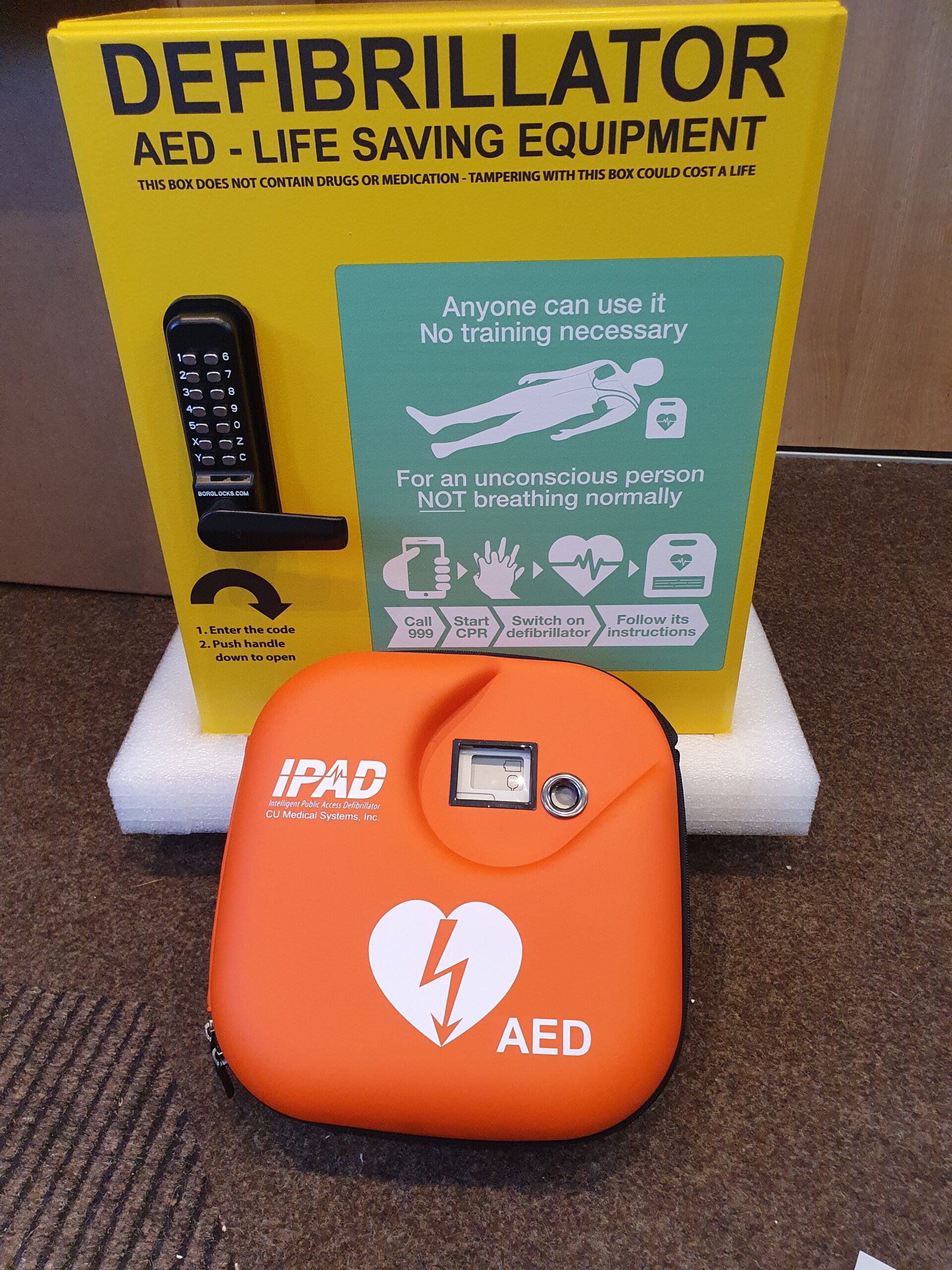A recent report (June 2014) from the Resuscitation Council (UK) by Michael Colquhoun has given some clear evidence and guidance on the use of AEDs (Automated External Defibrillator). The report was based on almost 3500 events since 2005. 17% of the cases resulted in a Return Of Spontaneous Circulation (ROSC) on scene, with 5.5% survived to hospital discharge. However the final outcome could not be determined for many patients, which means this number is actually higher.
If the patient was in a shockable rhythm when the defibrillator was applied to the chest, the chances of getting a ROSC were around 50% (men 48%, women 52%). What does this mean? It means that if the defibrillator is applied quickly enough, then the patients heart will still be in a shockable rhythm. As time progresses in the case of a cardiac arrest, there is less chance that the heart will stay in a shockable rhythm, the longer the patient has to wait for a defibrillator. Current estimations by the Department of Health are that the chance of survival drops by at least 14% per minute.
The overall results for on-site AED use were a 40% ROSC rate, with at least a 20% survival rate. Compare this to the national average of approximately 5%. Some of the highest chances of survival were in gyms equipped with AEDs (32% survival) and London Underground (40% survival). The average (mean) time to starting CPR in both of these areas was under 2 minutes.
Community First Responders (CFRs) also had favourable results, however, their results were not as good as on-site AEDs. The reasons given for this include: un-witnessed cardiac arrests at home, those people with pre-existing conditions and there is still time taken for their deployment and arrival by the ambulance control room whereas on-site AEDs can be used very quickly. CFRs results are comparable to those reported by a conventional ambulance response.
Why don’t we just have on-site AEDs then? Most cardiac arrests happen in the home, kitting out every home with an AED and having someone there to use it would be a mammoth task.
To view the full report, click here

